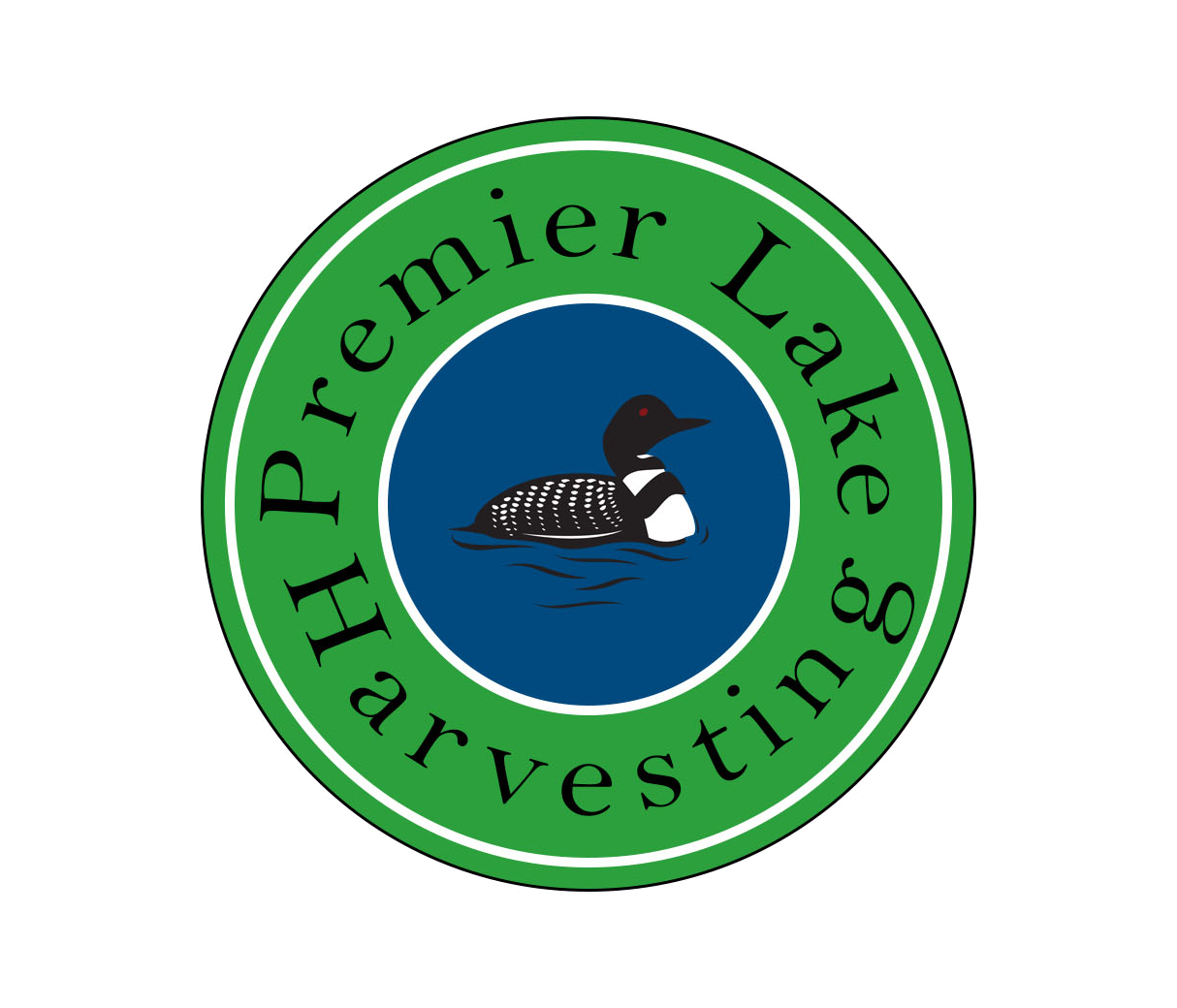Where we’ve been this week:
The week began with the Premier Lake Harvesting crew working in Harrison’s Bay,
Cook’s Bay and Crystal Bay. After completing jobs in Lafayette Bay and Carman’s
Bay later in the week, we moved a harvester and our team over to Mill Pond in
Edina for the weekend to clean up a seven-acre area of unwanted weeds. This week
we’re back on Lake Minnetonka; come say hi if you see us!
What we experienced:
In the past week we have seen more floating weeds and weed growth than we have all summer. Late summer weeds are becoming more prevalent week by week as temperatures continue to rise, so be on the lookout. Last week we traveled to Mill
Pond in Edina where we had a run in with a snapping turtle. No one was in the
water at the time, but it was a good reminder to always be aware of our
surroundings when cleaning a shoreline.
What to look out for:
Eurasian watermilfoil has not been as bad this season as it has been compared to
past years. However, we have noticed a recent spike in Eurasian watermilfoil
growth in Lake Minnetonka. To understand what Eurasian watermilfoil does to the
ecosystem and how to identify it, check out our blog post on the invasive species to
learn more.
Weekly advice:
Make sure to check your engine intake for zebra mussels. Zebra mussels may have
gotten into your intake during the beginning of the season and have continued to
build up since. It’s important to check for and get rid of zebra mussel buildups on
and in your watercraft, especially near the end of the boating season, to ensure your
engine keeps running smoothly.







